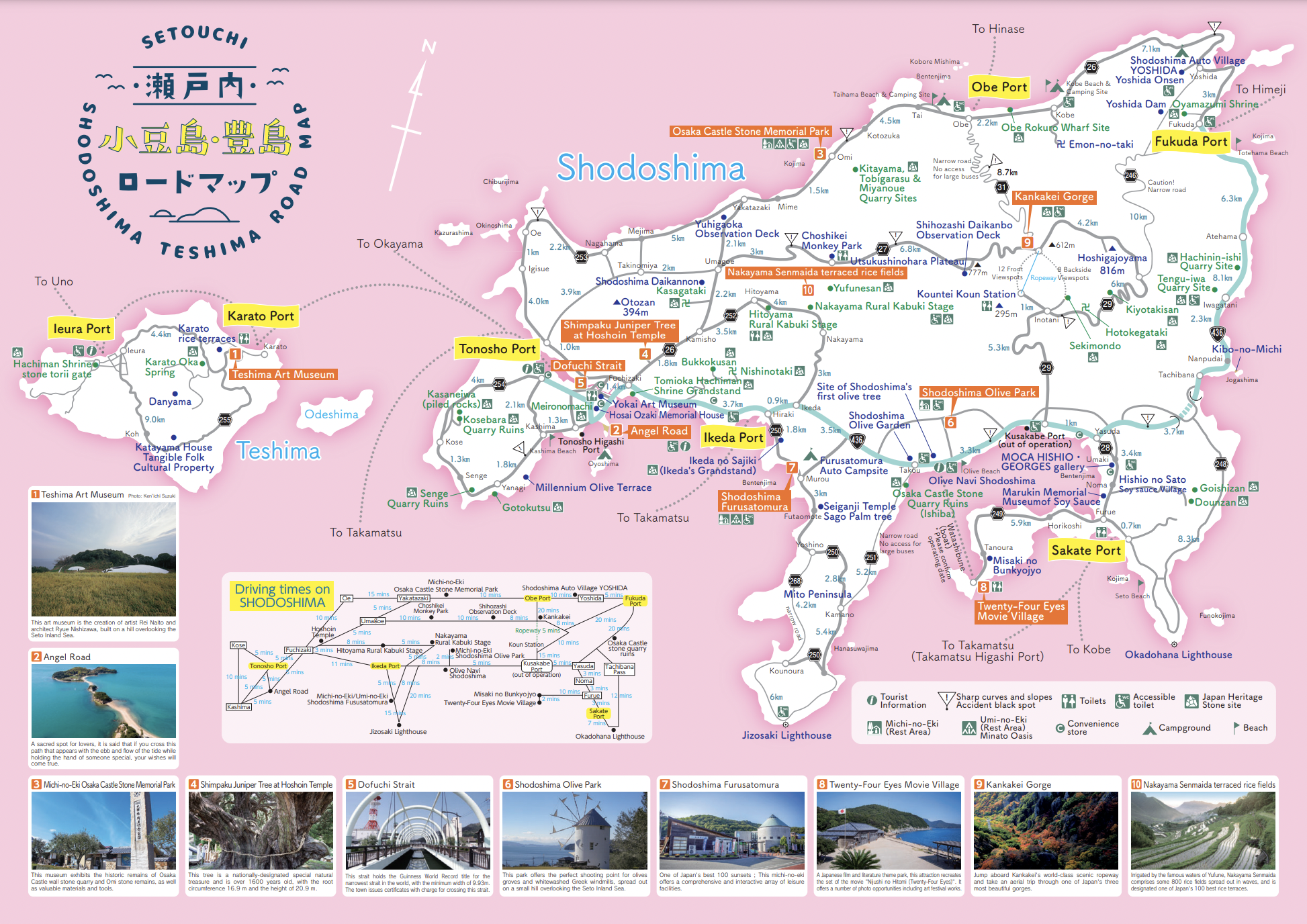MAP
Shodoshima Tourist Map

-
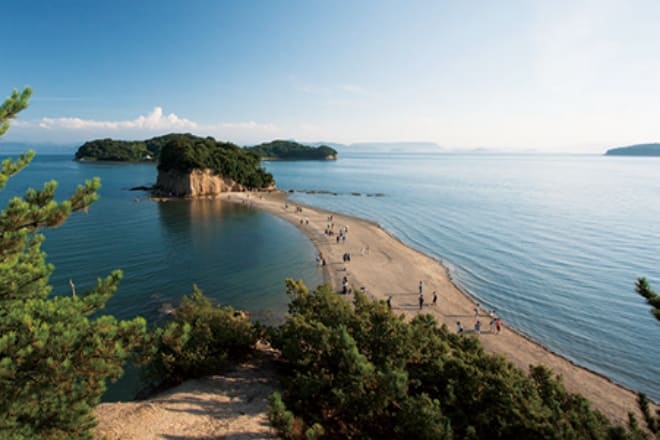
A sandy path that only appears during low tide. There is a rumor that couples who hold hands while walking on this path will be blessed with happiness, which is why it has come to be called “Angel Road.”Low tide time can be found here
-

Hōshōin Juniper
It is a nationally designated special natural monument. The tree is over 1,600 years old and is also said to be “planted by Emperor Ojin,” making it a power spot that attracts attention for the mysterious energy it is believed to possess.
-
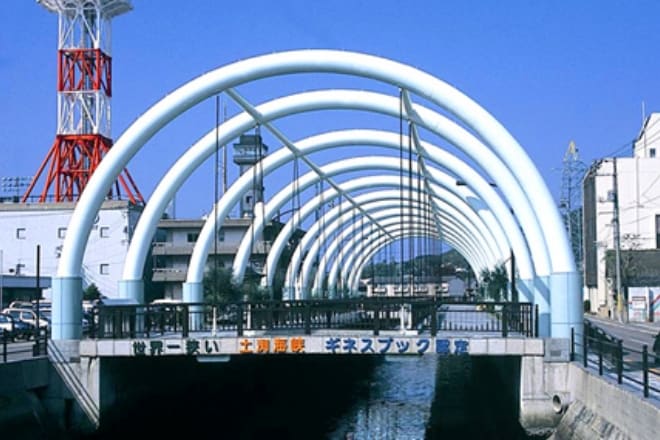
The Tobushi Strait
A 2.5-kilometer-long strait that flows between the main island of Shodoshima (Fuchizaki) and Maejima (Tonoshō). The narrowest point is only 9.93 meters wide. It has been recognized by Guinness World Records as the narrowest strait in the world.
-
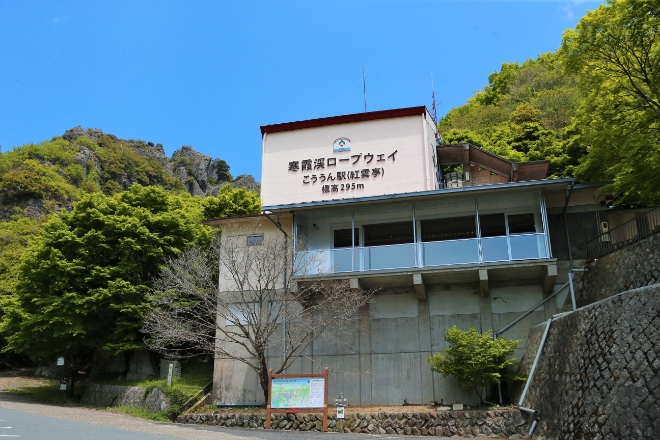
Kanka Valley – Kōuntei
A gazebo located above a clear stream in a deep valley. The river below looks as though somen noodles are flowing, which is why it is called “Somen Nagashi” (Somen flowing). It is the second of the “Omote Kankake” 12 scenic spots, and the cable car station that leads to the mountaintop, where you can enjoy views of the “sky, sea, and valley” all at once.
-
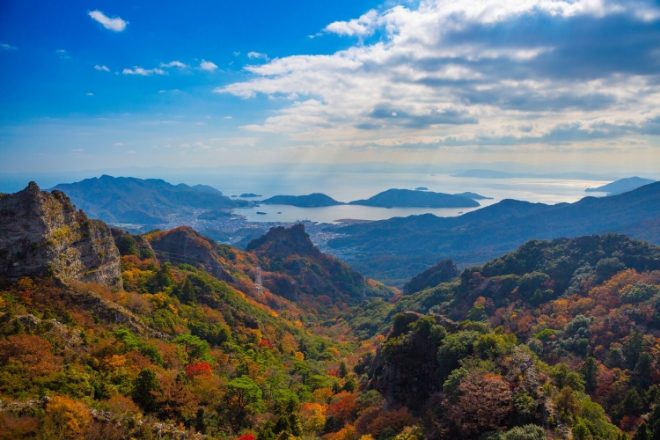
Kanka Valley – Shihōji Daikan Peak
Shodoshima’s highest peak, which is also acclaimed as one of Japan’s Three Most Beautiful Gorges. There are two observation decks near the mountaintop station of the cable car, and the view of the valley from here is also breathtaking.
-
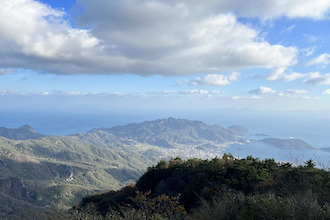
Kanka Valley – Shihō-sashi Great Viewing Peak
On clear days, you can enjoy views of the Seto Ohashi Bridge connecting Honshu and Shikoku, as well as the Ōnaruto Bridge. This is also a popular spot to watch the first sunrise of the year. The beautiful Hara Highlands, the only highland on Shodoshima, is home to a variety of seasonal wildflowers.
-
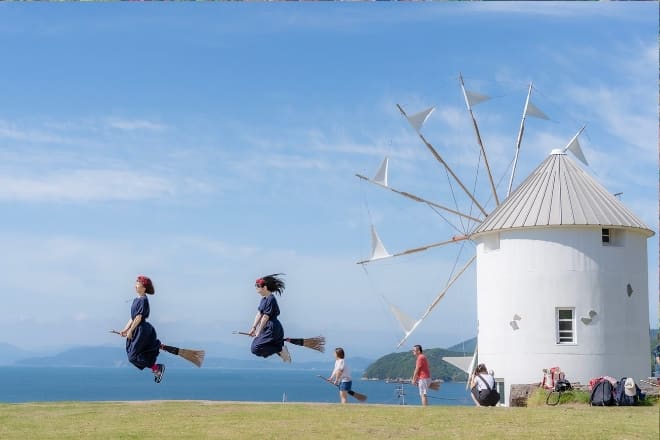
Located on Olive Hill overlooking the calm inland sea, this park offers a variety of attractions, including a Greek windmill, herb craft center, hot springs, and restaurants. It’s a spot where you can fully enjoy olives and herbs, unique to Shodoshima.
-
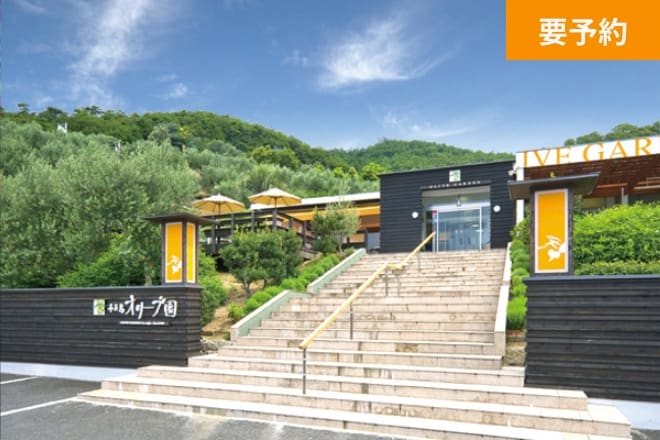
A natural olive forest that cherishes nature. In addition to olives, it also cultivates southern European plants such as jasmine and mimosa. You can enjoy a colorful landscape throughout the year.
-
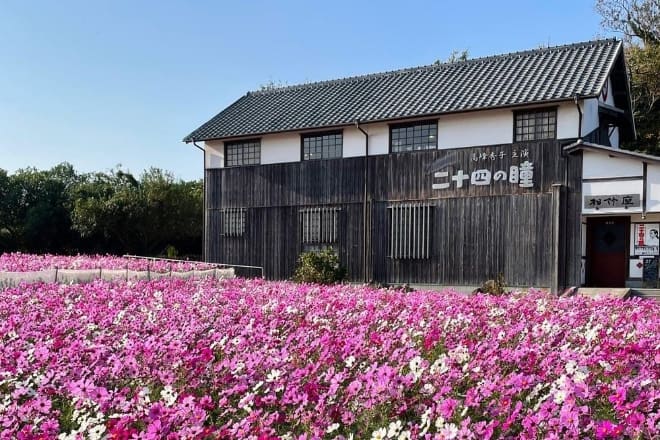
The movie set of the film Twenty-Four Eyes with a gallery of Japanese films, a literature museum, and flower fields. It is a popular spot known for its nostalgic Showa-era atmosphere, perfect for taking memorable photos.
-

Cape Branch School
A setting for the novel Twenty-Four Eyes by Sakae Tsuboi, this was the main stage in the 1954 film directed by Keisuke Kinoshita. Even after the school closed in 1971, it continues to attract many visitors as a “sacred place for education.”
-
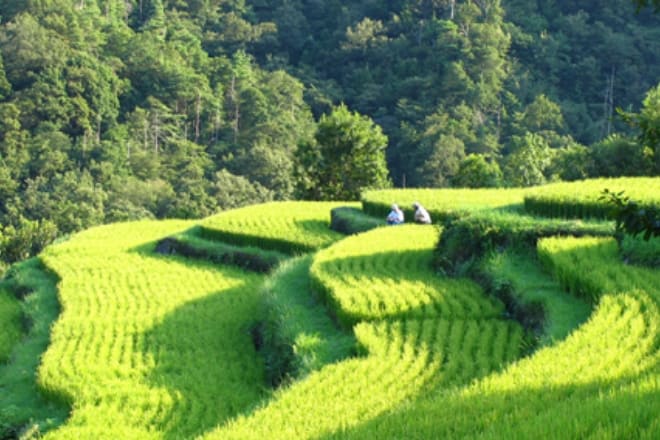
Nakayama Senmaida (Rice Terrace Kabuki Stage)
In the center of Shodoshima, in the Nakayama district, there are about 800 small and large rice paddies, which have been selected as one of Japan’s Top 100 Rice Terraces. In early autumn, the rice heads bow with golden ears of rice.
-
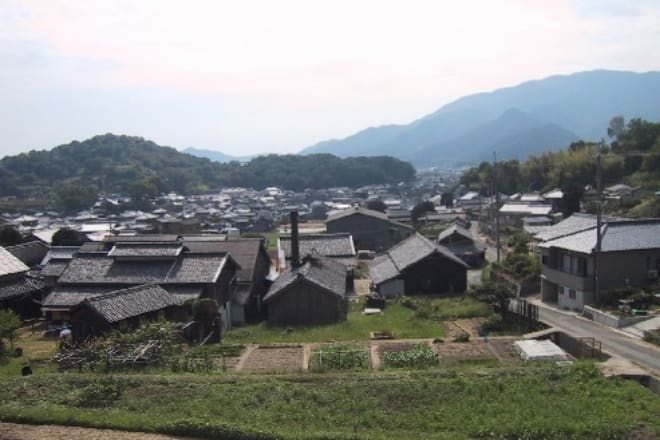
Soy Sauce Village
Along the prefectural road from the Yasuda district in Shodoshima to Sakate Port, there are concentrated soy sauce and tsukudani factories, some of which still use soy sauce factories and warehouses built in the Meiji era.
Shodoshima Town restaurants.
-
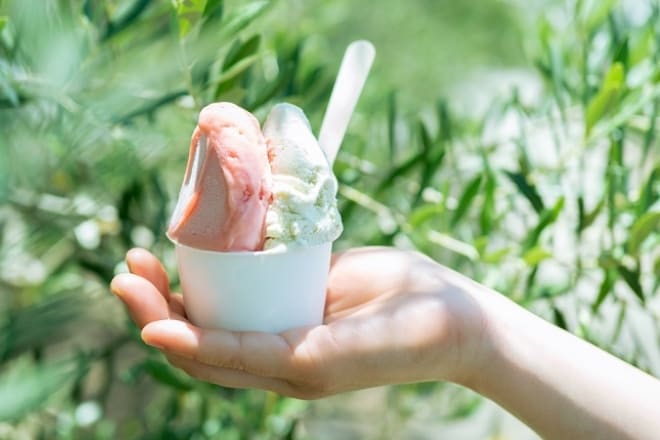
-
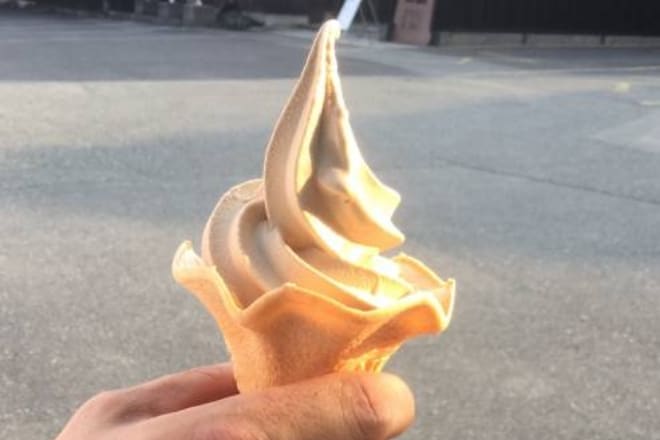
Soy Sauce Soft Serve Ice Cream
(Marukin Soy Sauce Memorial Museum) -
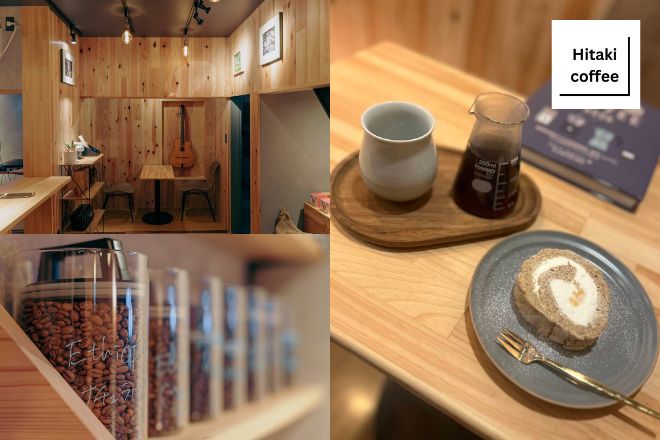
-
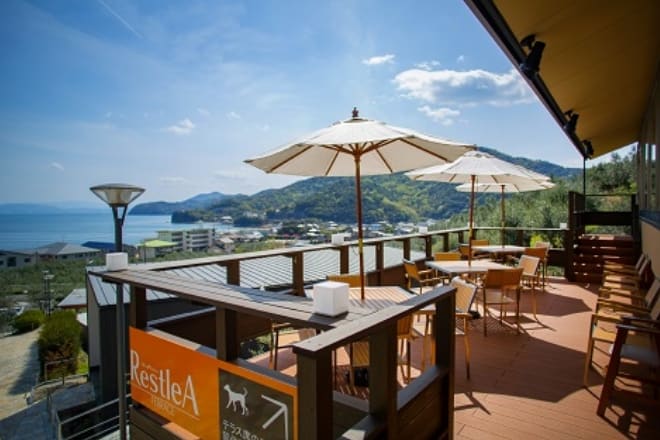
Olive Palace RestleA
(Olive Park Restaurant) -

-
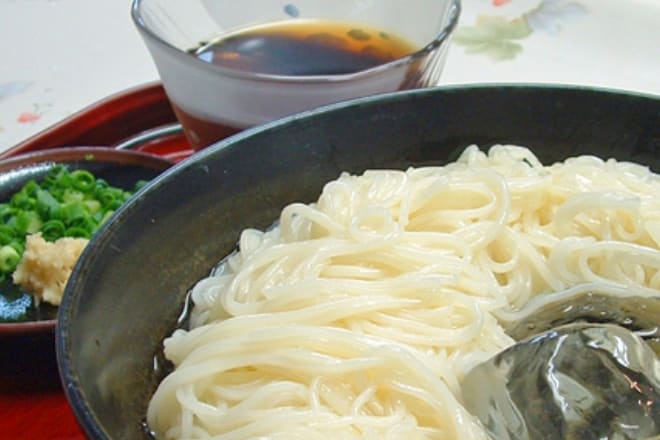
Nakabu Cottage
-
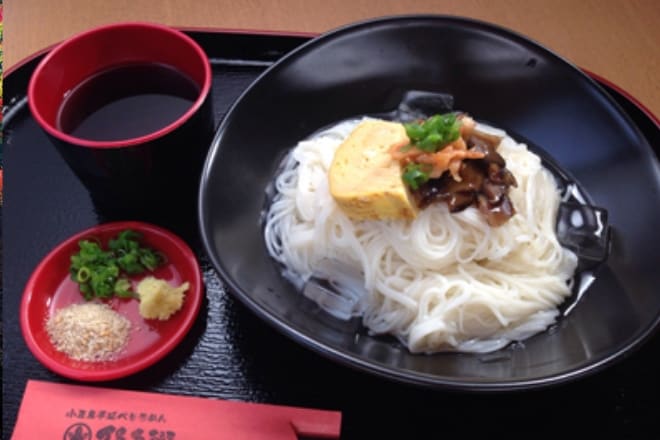
Shodoshima Handmade Somen by Sakubee
-
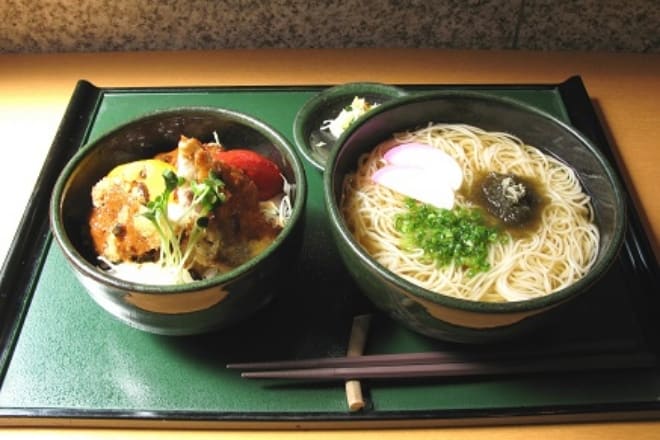
-
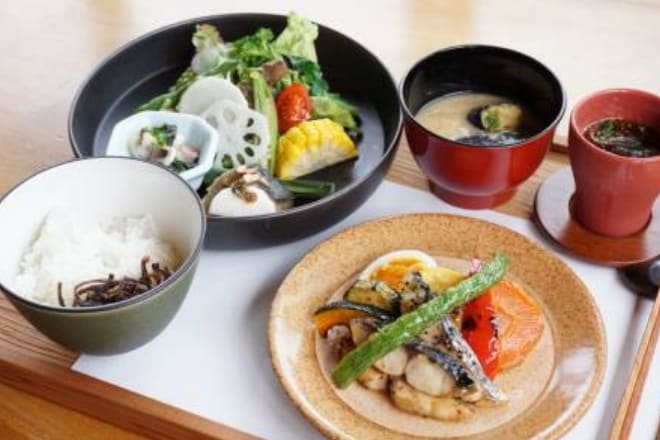
-
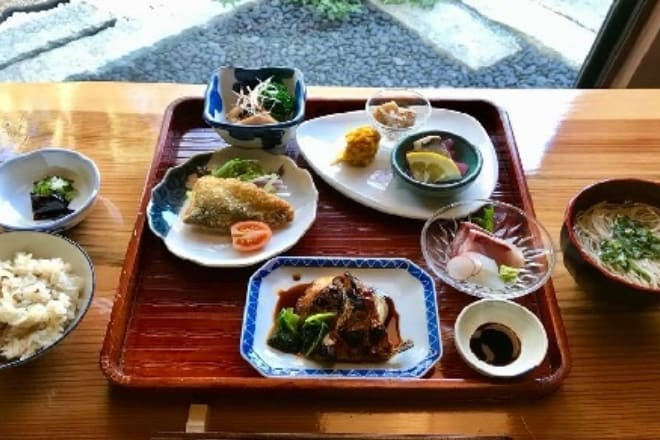
-
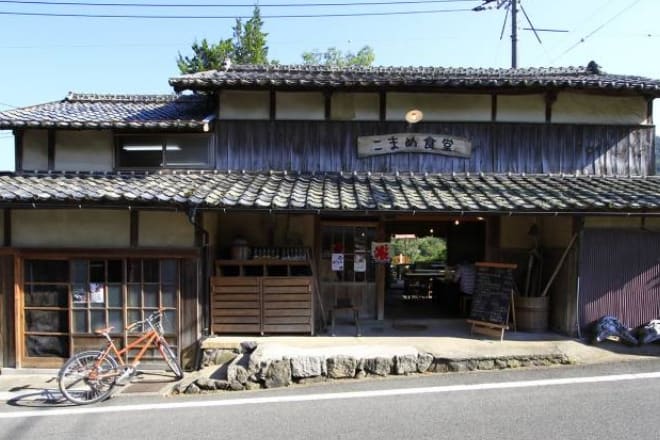
Komame Cafeteria
-
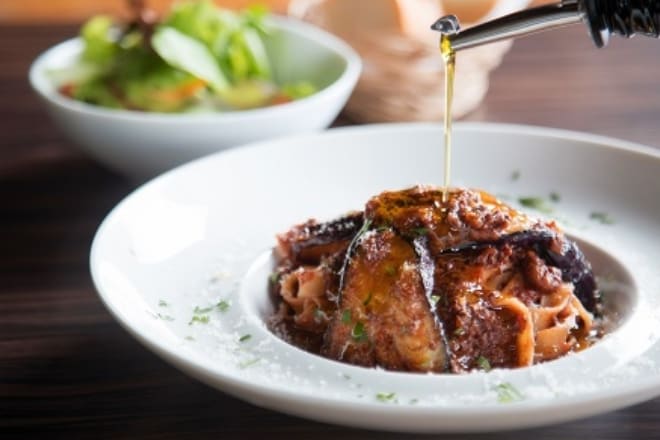
-
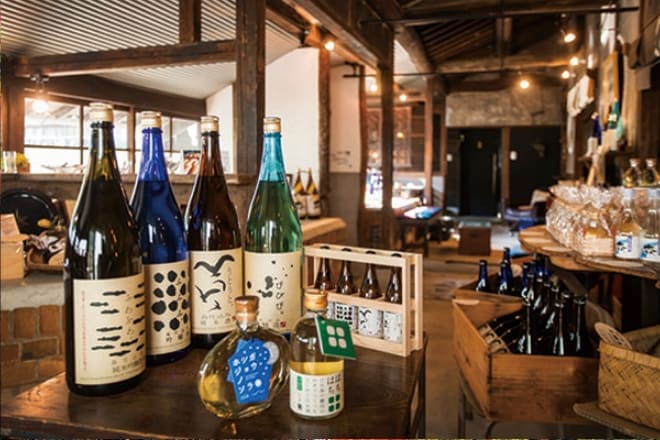
-
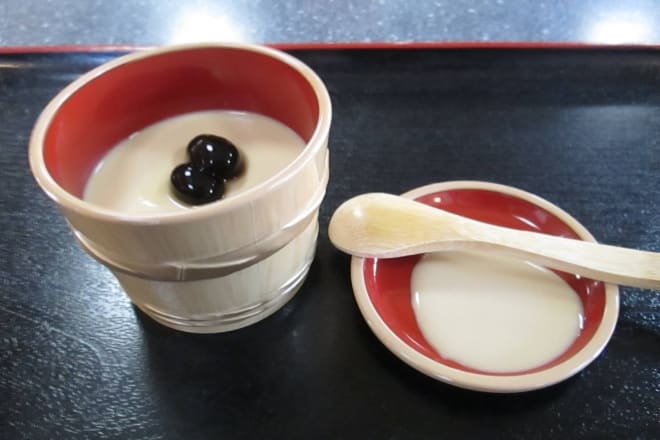
-
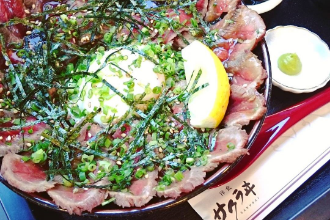
-
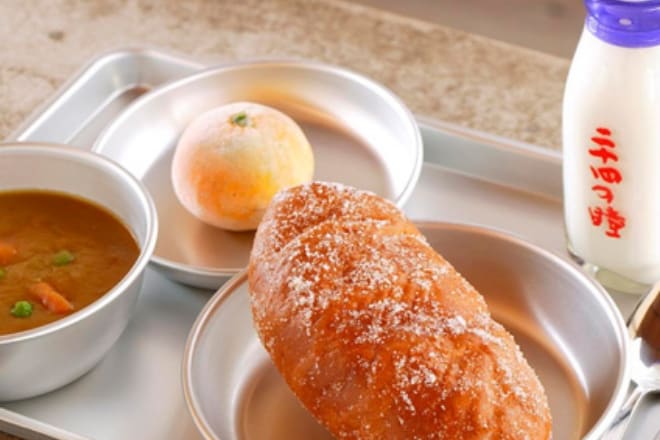
-
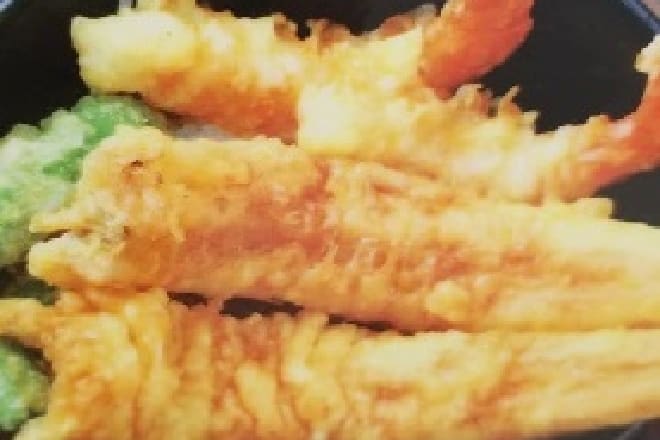
Dining Place Umemoto
-

Café Furusato Village
-
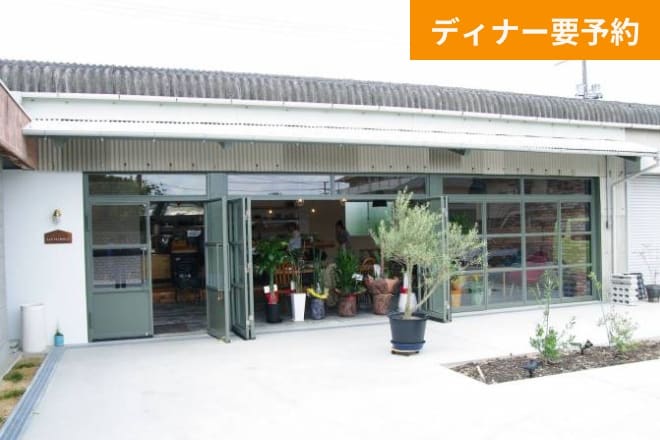
Dinner Reservation Required
-

-

Michikusa (A Walk Along the Path)
-

Olive Beef Yakiniku Higiou
-

Authentic Izakaya Roben Village
-

Seafood Izakaya Masumaru
-

Kitchen Kuishimbo
-

Grill Yama
-
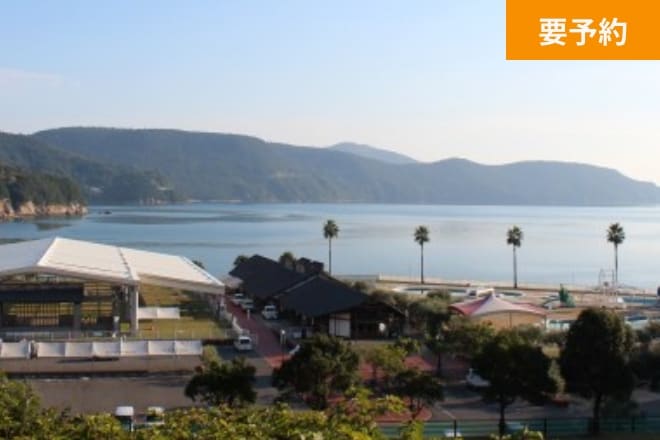
Reservation required
A complex facility where you can enjoy everything: play, experience, stay, eat, and shop. There are many activities available for group use, such as school trips. With a campground on site, you can spend a leisurely full day. Enjoy the beautiful sunset selected as one of Japan’s “Top 100 Sunsets” while overlooking Ikeda Bay, and experience the unique time of the Setouchi region. -
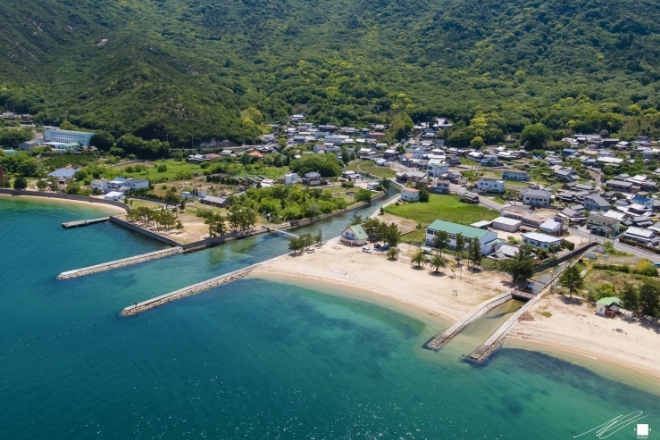
Reservation required
Shimaasobi is active on the north side of Shodoshima Island. Visitors can experience activities such as camping, SUP, and trekking. There is also a café where you can relax and enjoy the view of the ocean. -
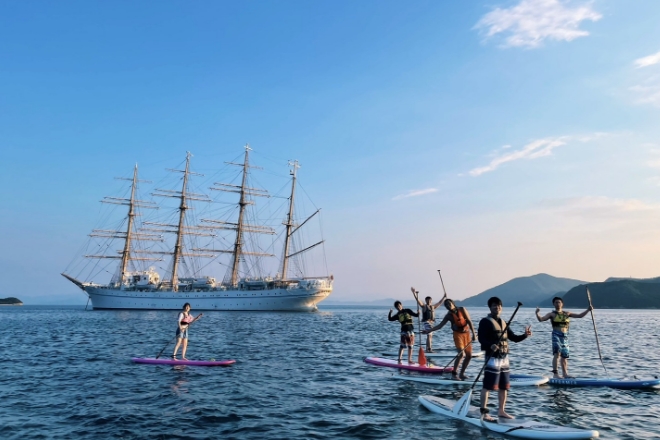
Olive Beach is a 700-meter stretch of pure white sandy beach. Visitors can enjoy a variety of activities such as sap, sap yoga, and sap fishing. From the sea, you can look over Greek windmills and olive groves.
-

Chōshi-kei Monkey Kingdom
A paradise for monkeys. Around 500 wild monkeys, designated as a natural monument of Kagawa Prefecture, live freely in the forest, playing games like chasing each other, playing with tires, or enjoying water activities.
-
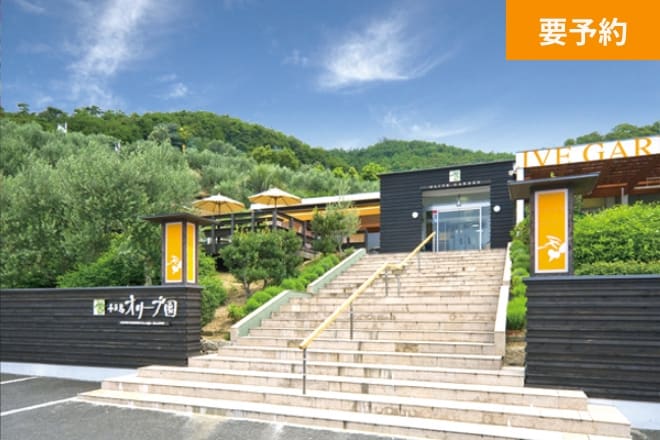
A natural olive forest that cherishes nature. In addition to olives, it also cultivates southern European plants such as jasmine and mimosa. You can enjoy a colorful landscape throughout the year.
-
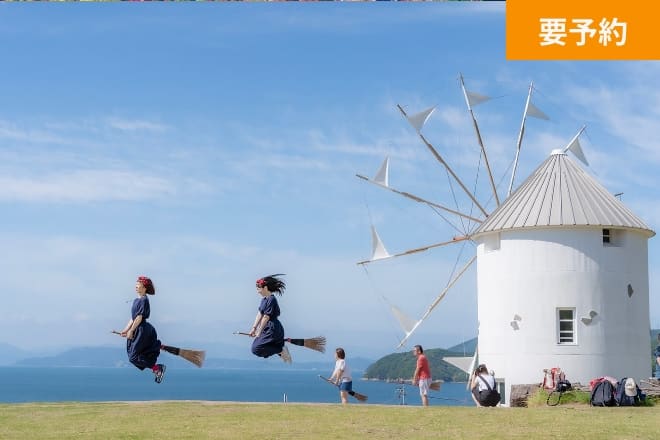
Located on the Olive Hill overlooking the calm inland sea, this park offers a variety of attractions, including a Greek windmill, herb craft center, hot springs, and restaurants. It’s a spot where you can fully enjoy olives and herbs, unique to Shodoshima.
-

Nakabu Cottage
Experience the somen noodle factory and visit the site where traditional food is made. The experience of the “chopstick division” process will allow you to feel Japan’s food culture. Enjoy your memorable trip to Shodoshima.
-
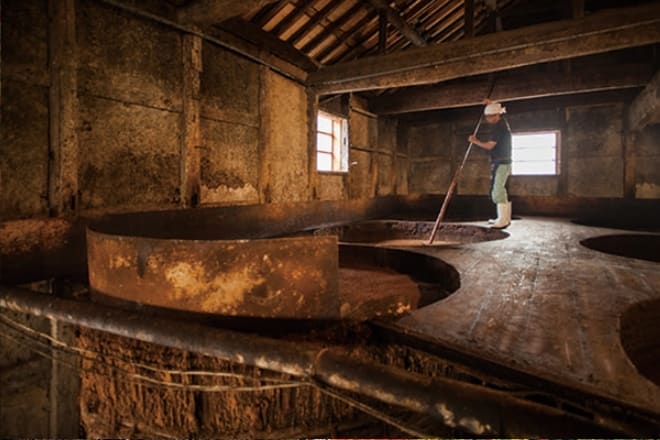
A popular soy sauce brewery visited by over 20,000 people annually. Open year-round, and you can visit without reservations, so feel free to stop by. It’s a brewery that has been making soy sauce for over 100 years and is designated as a registered tangible cultural property.
-
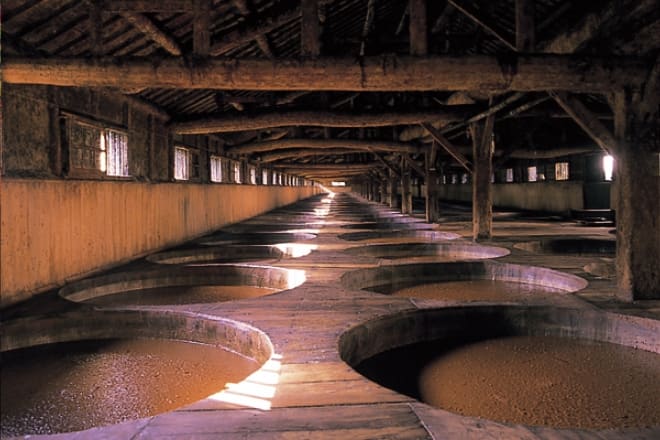
Marukin Soy Sauce Memorial Hall
The 4th generation naturally fermented brewing warehouse, built when Marukin Soy Sauce was founded, has over 100 years of history. The soy sauce brewing warehouse, made with wooden tubs, is also designated as a registered tangible cultural property by the country.
-

Shodoshima 88 Temples Pilgrimage
-

Anime and Film Pilgrimages







